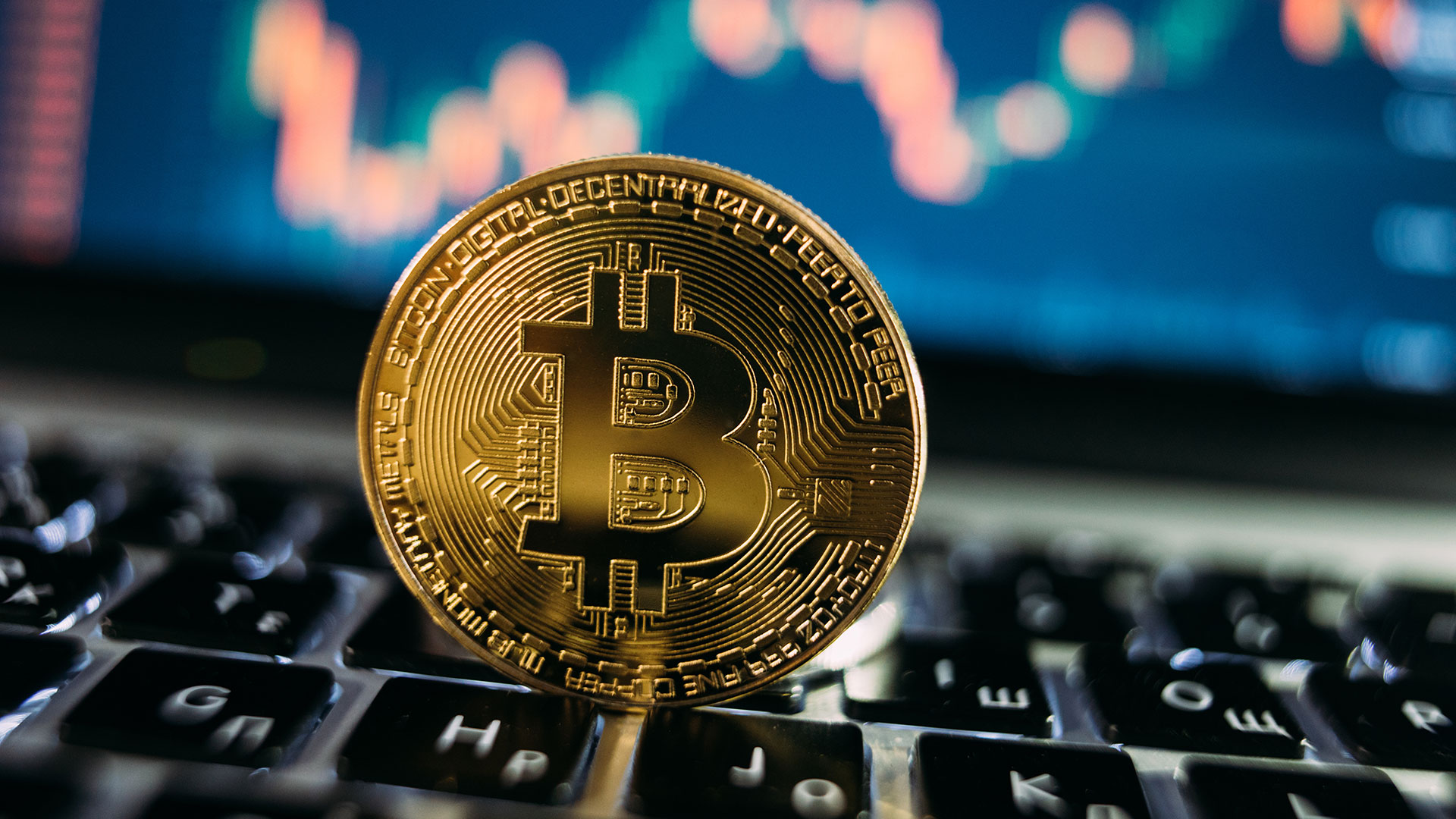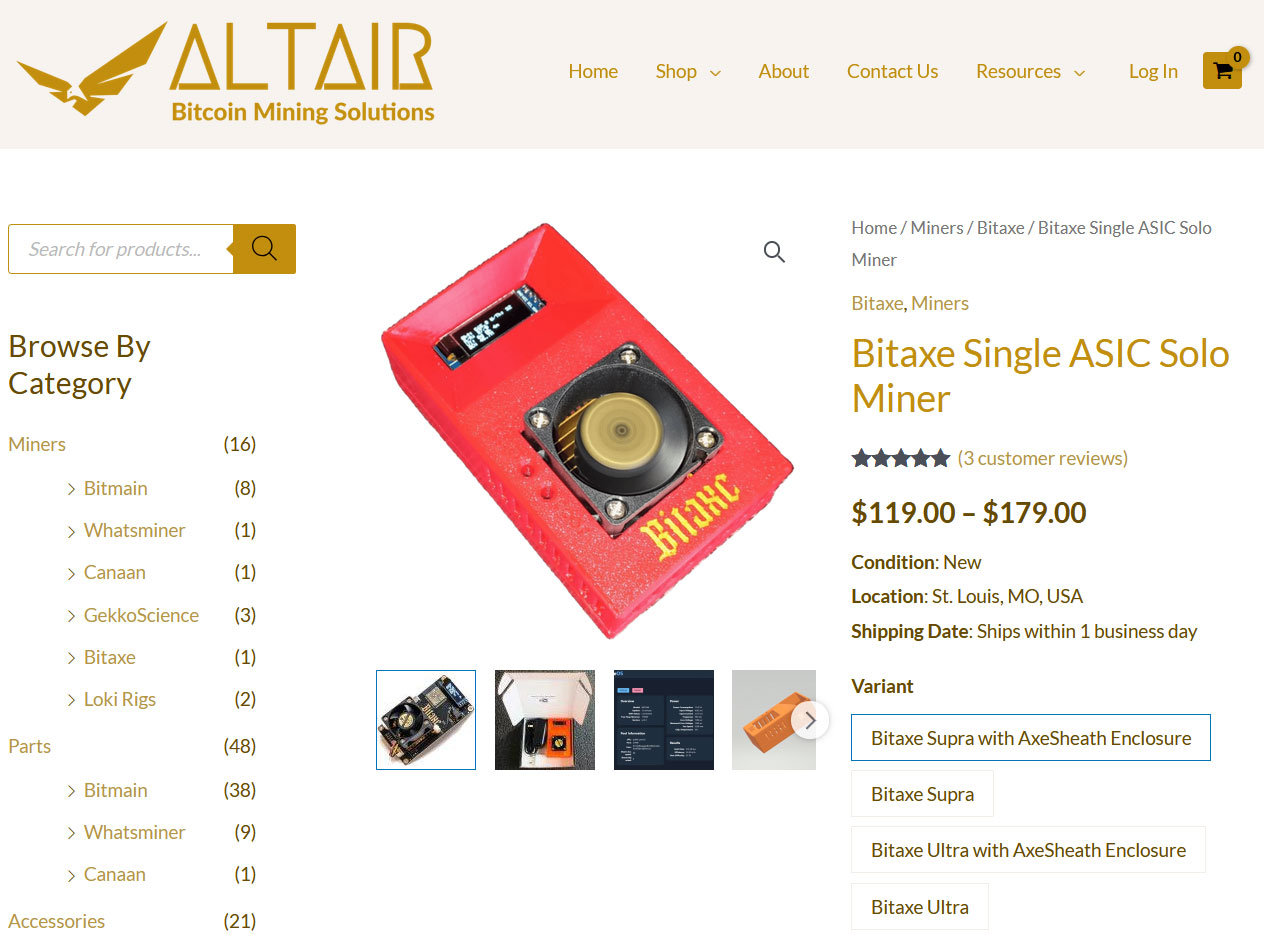
A Bitcoin miner using an open-source Bitaxe mining rig won the Bitcoin lottery by mining a complete block worth 6.25BTC. With one Bitcoin worth approximately $64,000, the user earned $206,000 from their diminutive (human hand-sized) device which was a mere $179 hardware investment.
Altair Technology, one of the few sellers of the open-source ASIC Bitcoin officially endorsed by Bitaxe, shared the news on Twitter/X, congratulating the miner “who likely mined the first solo BTC block with a Bitaxe on @ckpooldev with ~500 Gh hashrate!”
🏆Congratulations to the miner who likely mined the first solo BTC block with a Bitaxe on @ckpooldev with ~500 Gh hashrate! 👏Props to @skot9000, @Public_Pool_BTC & @osmu_global on the project!You can buy these proven winners here👇🛒https://t.co/fiEPh4pRA8#WeMineBitcoin pic.twitter.com/C6D9Jj1HlRJuly 24, 2024
Bitcoin mining is a power-intensive operation, with the complete Bitcoin network having a hash power of 552.49 exahashes per second (Eh/s) or 552,490,000,000 Gh/s. If we divide this by the Bitaxe’s 500 Gh/s performance, we show a dividend of 1.1 billion, meaning the tiny miner only has a 1 in 1.1 billion chance of mining a block every ten minutes. By comparison, you have about a one in 300 million chance of winning the Powerball or Mega Millions lottery, but the drawing doesn’t happen every ten minutes.
Bitcoin mining's thirst for power is also driven up as miners must use the most powerful devices they can get their hands on to have better chances of winning the mining race. In fact, it was reported that just 137 crypto miners use 2.3% of total U.S. power. Furthermore, a mining rig with a ton of computing power doesn’t guarantee that a user will win the mining race against less powerful devices every time, just as the Bitaxe has proven.
Since miners must pay for their electricity consumption whether or not they get BTCs from their operations, BTC mining is often compared to a lottery. You can increase your chances of winning by joining a mining pool, where the computing power of several devices are pooled together and any rewards the pool wins will then be shared among all the participants based on their computing contributions.

However, sub petahash devices like the Bitaxe are often at a disadvantage as it’s below the minimum payout that most Bitcoin mining pools require. So, Altair Technology recommends that Bitaxe mining is better suited for lottery mining — i.e. relying on the 1 in 1.1 billion chances of winning an entire block for yourself.
But before you go and buy a Bitaxe for yourself, you should know that this really is a game of chance and not a typical investment. Assuming that you get a 1 in 1.1 billion chance of winning one block every ten minutes, then it would likely take over 20,000 years for you to get a win. Even if the ROI is 115,000% (assuming that BTC prices will remain stable over that time period), that would equate to just over 5.75% per annum — you’ll be better off investing in an S&P 500 index fund with compounding interest, which currently has a long-term average of 6.87%.







